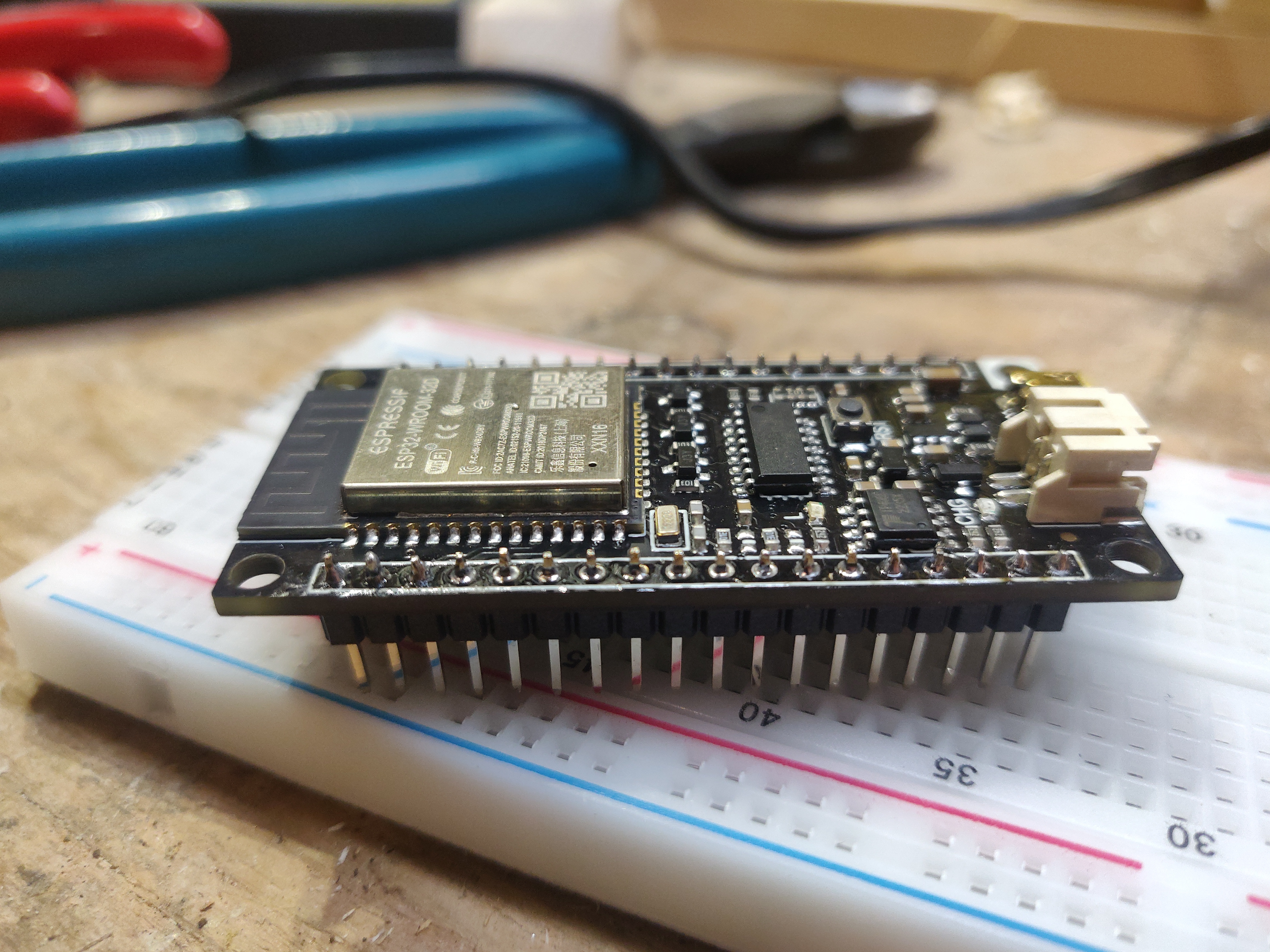Soldering
This community is for electronic hobbyists to discuss projects and is focused on soldering. Everyone is welcome from the noob to people who have been soldering as a hobby for decades to people who solder professionally. We'll talk about materials and techniques, equipment, and projects. Everyone is welcome. All questions are welcome. Post photos and ask for help.
RULES:
-
All Lemmy.ca rules apply here.
-
Everyone (see rule 98) is welcome.
-
If you’ve seen a question 100 times answer it the 101st time or ignore it. Even better, write a complete, detailed answer and suggest that the mod(s) pin it to the community.
[Did you actually think there were 98 rules?]
-
If you present something as fact and are asked to provide proof or a source provide proof or a source. Proof must be from a reliable source. If you fail to provide proof or a source your post or comment may be removed.
-
Don’t be a dick. Yes, this is a catch-all rule.
-
The mod(s) have the final say.
view the rest of the comments

The pin on the far left (I'm calling it pin #1) looks perfect.
Pin 3, 4, 5, 6, 7, 8, 9, 10 are suspect to me, it looks like you didn't apply enough heat to the pin, so the solder isn't sticking to the pin as well.
Pin 14 is pretty good.
Pin 15 bad.
Pin 16, 17, and 18 are good.
Normal solder has plenty of flux built in, and for through-hole soldering IMO its more important to make sure that you get consistent heat application on both surfaces. It looks like you only gave good heat to the board, and rarely gave the right heat to the pins. Remember to heat BOTH elements, solder sticks best when everything gets nice and hot.
Pins are "heavier" than pads, so it may take a little bit longer (ex: 1.5 seconds instead of 0.5 seconds) for them to heat up. You'll get used to the timing as you practice on different objects.
It won't be a big deal because this is just some hobby-electronics thing. This stuff only "really matters" if you're entering a vibration heavy environment or expect the device to be used for like 10-years and need the best joints. Still, its good to get practice with perfect form.
Another very detailed and informative answer! I will for sure name my firstborn dragon tamer.
But srsly, thank you. Very helpful